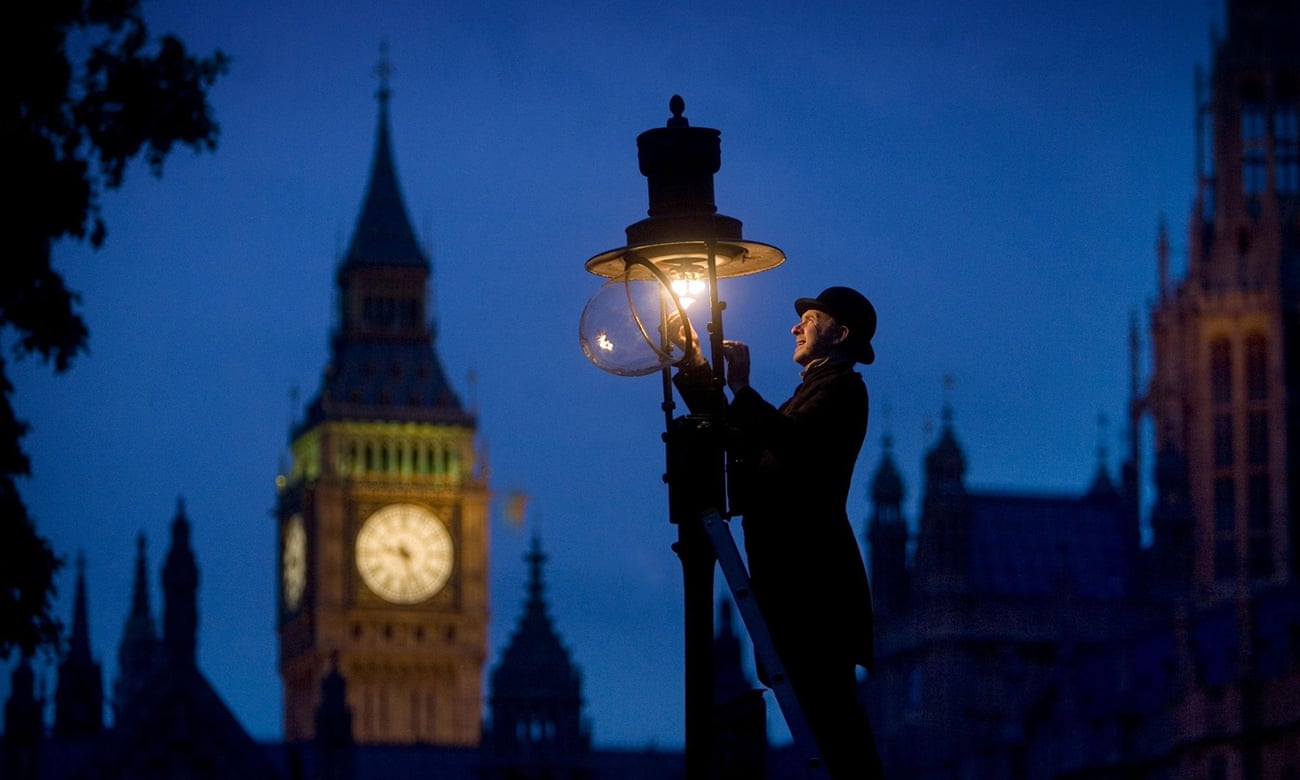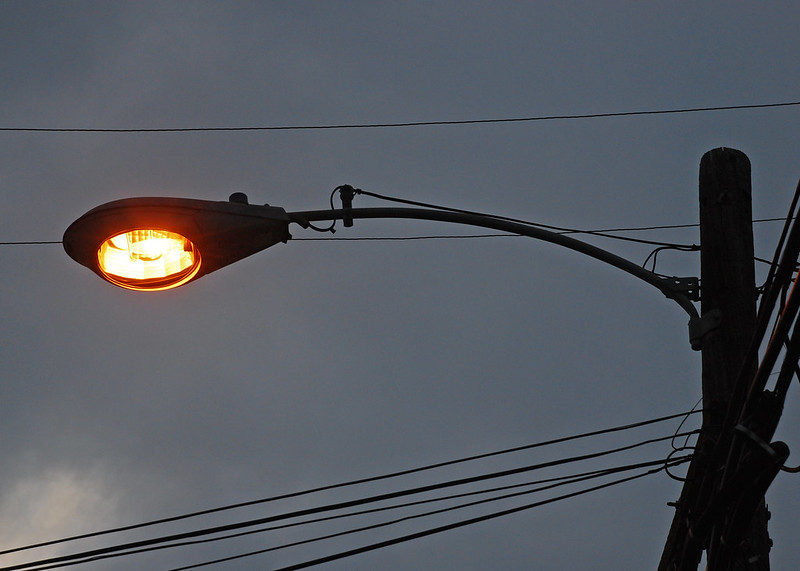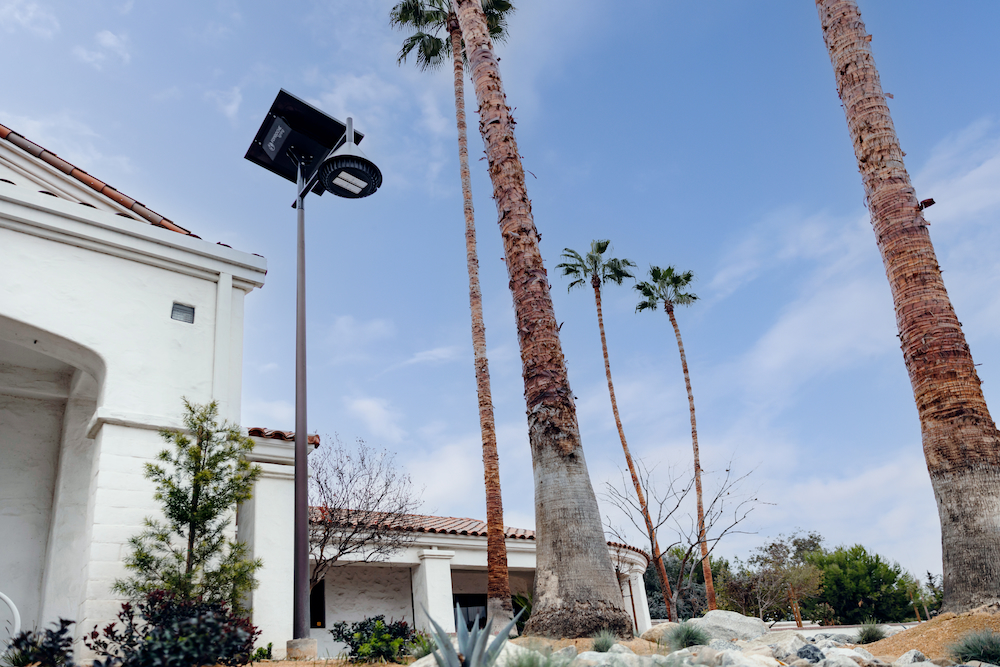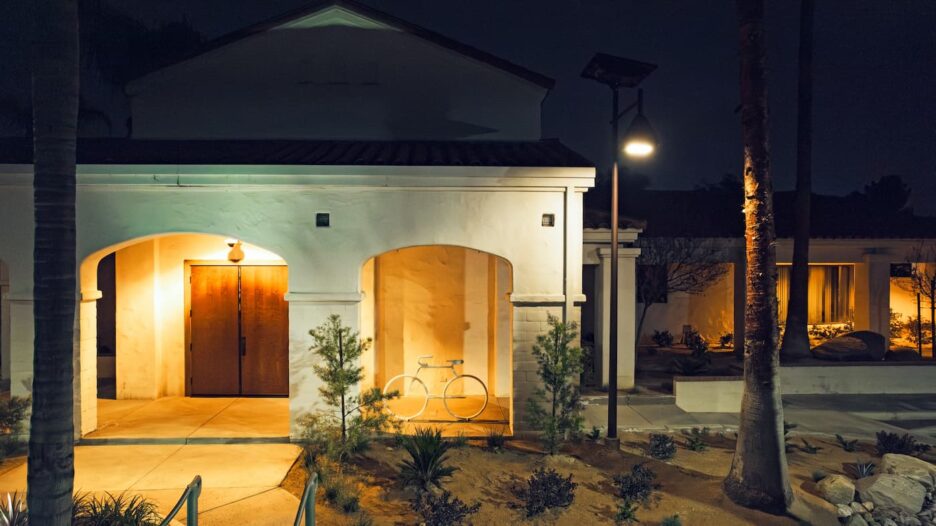From whale oil to solar LED — how cities are lighting the way forward
Public lighting has always played a vital role in how cities function after dark. What began as a safety measure has evolved into a critical part of urban infrastructure — shaping mobility, economic activity, and community identity.
Understanding how street lighting evolved helps us appreciate the challenges cities face today — and the opportunity to rethink what lighting can do for safety, sustainability, and equity.
Table of Contents
From Flame to Filament: The Early Days of Street Lighting
How oil and gas lit the first public spaces
The story of street lighting began with fire. In the 16th and 17th centuries, cities like Paris and London relied on oil lamps — often fueled by whale oil or animal fat — mounted to walls or carried by lamplighters. These early lights were dim, smoky, and inconsistent, but they represented the first attempt at creating safer nighttime environments.

By the 1800s, gas lighting transformed city streets with a more reliable (and centralized) source of illumination. Gas lamps burned brighter and more cleanly, enabling municipalities to light main streets and public squares more effectively. They also introduced the concept of public utilities managing infrastructure at scale.
Electrification and the Rise of Grid-Tied Lighting
The dawn of electric infrastructure and mass urban lighting
The late 19th and early 20th centuries ushered in the electric lighting era, driven by innovations in arc lamps, incandescent bulbs, and municipal electrification. Cities quickly embraced electric streetlights for their improved brightness, control, and reliability.
This period saw:
- Arc lighting used in major urban centers
- Thomas Edison’s incandescent bulb replacing flame-based lighting
- The rise of centralized utility grids powering street infrastructure

By the mid-20th century, high-pressure sodium (HPS) and metal halide (MH) systems became standard for highways and arterials. These systems offered longer life and better efficiency than incandescents — but brought drawbacks in color rendering, light pollution, and maintenance.
The LED Revolution: Efficiency Meets Visibility
A 21st-century leap in lighting performance
In the early 2000s, LED (Light Emitting Diode) lighting emerged as a major breakthrough. With lifespans exceeding 50,000 hours and energy use up to 75% lower than legacy systems, LED quickly became the retrofit solution of choice for municipalities.
Benefits of grid-tied LED included:
- Sharper color contrast and higher CRI (Color Rendering Index)
- Lower relamping and maintenance costs
- Compatibility with adaptive lighting and smart city systems
However, grid-tied LED systems still rely on trenching, cabling, and utility power — meaning cities remain vulnerable to:
- Power outages and utility disruptions
- Expensive and time-consuming infrastructure upgrades
- Monthly electricity bills and grid lock-in

What’s Next: Solar-Powered LED Street Lighting
Smarter, more resilient lighting for today’s cities
Modern street lighting is no longer just about visibility — it’s about resilience, equity, and sustainability. Cities today need lighting that performs reliably, installs quickly, and operates independently of aging grid infrastructure.
That’s where solar-powered LED lighting is changing the game.
Why Cities Are Making the Switch
- No Trenching or Grid Dependency: Fonroche solar systems operate completely off-grid with battery storage, reducing permitting time and eliminating utility delays.
- 365-Night Reliability: Proprietary Power 365® technology stores enough energy to deliver uninterrupted lighting year-round — even through winter or cloudy weeks.
- Lower Long-Term Cost: With no electricity bills and minimal maintenance, solar LED reduces total cost of ownership.
- Smart Monitoring: Fonroche Connect allows cities to monitor performance and health remotely — reducing field time and optimizing uptime.
- Funding Ready: Fonroche solutions qualify for federal, tribal, and DOT grants, aligning with infrastructure, safety, and climate resilience goals.
A Legacy of Illumination — A Future of Innovation
Why the next era of lighting belongs to solar LED street lights
From open flames to advanced optics and smart sensors, street lighting has evolved alongside cities themselves. But the goal has always been the same: make communities safer, more functional, and more connected after dark.
Now, with the climate crisis, budget constraints, and public safety at the forefront, solar-powered LED from Fonroche Lighting America represents the next chapter in that story — one built for performance, equity, and energy independence.
To learn how solar street lighting is shaping the next generation of public infrastructure, explore our Street and Roadway Lighting page.

